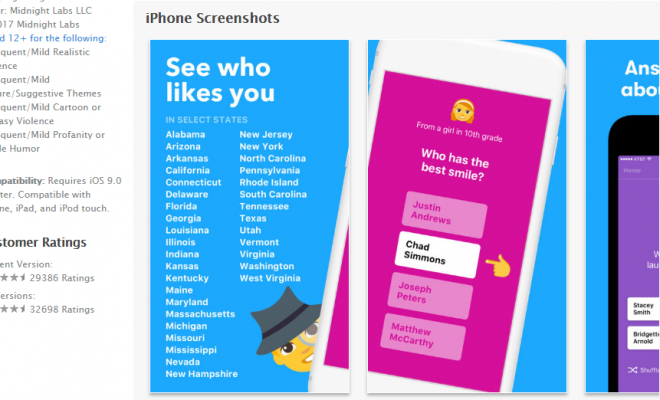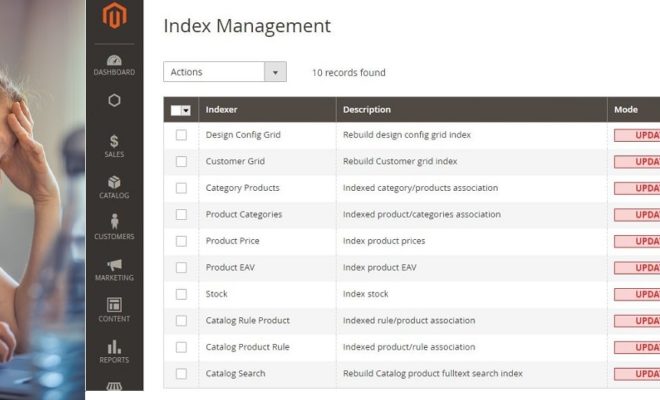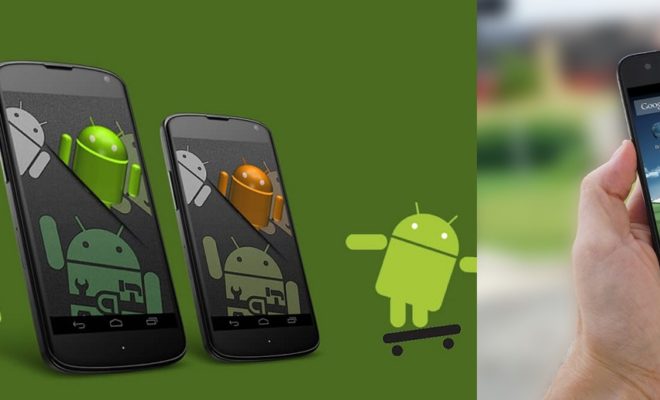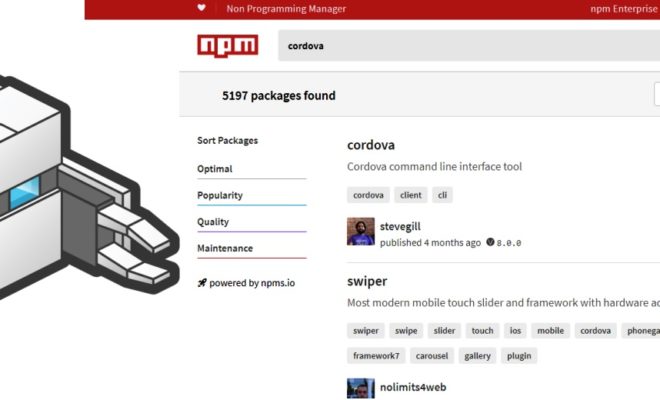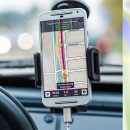Are you an entrepreneur or startup looking to get a mobile app developed but confused on how to manage your mobile app development company ?
Maybe we can help you out.
Today, we’ll talk about the experiences that we had with clients and how we managed to develop high performance, customer engaging mobile apps for them. All these experiences had one thing in common (apart from us being the developer of these apps, of-course).
These clients had all taken systematic steps to drive their projects to success.
Note: This is a reasonably big blog post on the topic so you’ll find a table of contents linking here to 10 actionable ways to Hire and Manage your Mobile App Development Company as a customer. Feel free to jump to any topic which matters. You’ll also get links to scroll back quickly to this index.
So, Let’s look at 10 actionable steps for hiring and managing your mobile app development company:
1. Research your Target market and Target Users

Research through focus group, informal interviews
1. Research your Target market and Target Users

Research through focus group, informal interviews
You should do a lot of research and get feedback from target users of your proposed App. This feedback would act as an input for a draft feature list for your Minimum Viable Product / Version 1 product. Clients should also consider prioritising the important features first. User research can help you understand how competing or similar apps are used and what are the missing aspects or pain points of these apps.
How to do this: To research on your app, you can create online questionnaire using free or freemium software like SurveyMonkey or Zoho and craft your questions. You need not talk specifically about your app and can talk about competing apps or their usage habits related to your mobile app idea. Make sure your questions are open ended where required and with specific Yes/No or choice options where appropriate.
Tip: Survey Monkey offers 100 responses and 10 question survey free while Zoho offers 150 responses and 15 questions free. Go in for a focus group if you need more free-flowing ideas.
2. Prototype your Mobile App and Create a Requirement Document
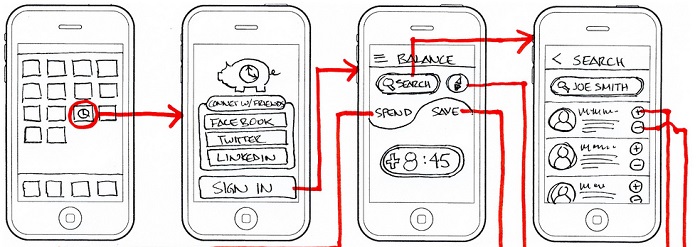
crude mobile app mockup – courtesy Mark Congiusta
The next step is to create a requirements document as well as wire-frames for the mobile app based on your broad feature list. A Requirement Document is very important because it will help your company focus and document how the application will work. If a development company starts working on your application without detailed requirements, time and cost overruns are bound to happen.
Develop Prototype / Wireframes: A lot of effort is put into creating a single mobile screen. Each screen will probably have lot of interaction with your business logic. You can save a lot of rework, if you have wire-frames ready for such screens.
Why: Because wire-frames allow you to check the navigation, flow, look and feel of system, make adjustments on the fly and very quickly without having to program or test the programming of the app. When the wireframe is finalised , it is unlikely to change very much. On the other hand without wireframes / mockups – a mobile app development company is likely to begin to blame you for unclear requirements and rework and you’d in turn blame them for cost escalation.
Of-course, any good app development company should include prototyping as part of their development process.
How to do this: So now the question is on how to get your mock-ups created. There are a lot of online and desktop softwares available for creating wireframes and mockups. In our opinion, Mockingbot, Proto.io, Balsamiq and UXPin are some of the better wire-framing software available.
Some of these are available with free plans or basic plans costing very less.
But you can even create a wireframe from your Microsoft Word document using drawing tools.
Your mobile app screen wireframe should contain the following elements:
A) Field labels and field value format
B) Radio button, buttons, text field and other elements for user interaction
C) Navigational flow from one screen to the other
So once you have your wire-frames and your Requirements Document ready, just see that your document also talks about the business logic and field validation that happens on your screens. These details will make the job of the mobile application developer much easier when creating your app. And this is where you can find out how to create a RFP or requirement document for your mobile app.
3. Focus on User Interface, Localization and simplicity of the Mobile App
When making the requirements and when creating the prototype, try and keep the user flow simple and intuitive. One mistake clients often make is to visualise the app in the way THEY plan to use it. But they already know so much about their app and already have a biased view on how they’re going to use it. Therefore prototypes should also be shown to raw users – friends or family or colleagues, and seen if the navigation flow or features are as instinctive as we think. Localisation, i.e. language, currency, time-zones etc. configuration should be considered and put in as a requirement where important. Today, it is not very difficult to make multi-lingual apps if your requirements demand it.
Another aspect of User Interface is to keep abreast of similar apps and study their features and where your app can fulfil any gap.
As a thumb rule, simple is always better so keep your app’s user interface simple and easy to use. The company you hire should have good experience in User Interface development and UI designers on roll.
4. Decide your App Development Platform and Methodology

Some Examples of Native and Cross platform app development technologies
Deciding whether you need a native app built separately for iOS , Android or a Hybrid application is very very important decision. Hybrid applications are those which generally have a single code base and run on both Android and iOS or even on Windows etc. These are also called Cross Platform Apps.
How to Decide which app platform to choose? : If your research has indicated that you need an application which will run both on Android and Apple phones then you should also see if a hybrid application can work for you instead of making two applications. You can ask the development company from whom you are requesting a quote – to suggest their opinion and the cost and effort estimates for Hybrid vs. 2 separate native applications.
As a rule of thumb, the cost savings are significant when going with a single cross platform app (if you’ve got to cover multiple platforms).
Example: As an example, if you would typically spend $12,000 on an Android App and $18,000 on your Apple iOS app, simply by moving to hybrid you may be able to do the whole thing in $14,000 to $16,000 saving you around 50% of total costs.
There used to be some concerns earlier that a hybrid app will not perform as well as a native app or not look as good but with the development of new technologies, libraries; hybrid app development has come a long way and is now a very real alternative to multiple platform app development.
5. Budget for all costs and activities of your App Development
Before choosing an App development Company you should also keep in mind the budget you have for the app. And the benchmark cost for similar apps or pricing available.
Talking to colleagues or friends who may have got mobile development done earlier or are from IT industry may help you get a good idea. But you can also get an idea of the kind of Local mobile app development costs from various tech resource websites such as clutch.co etc.
So, here another question comes up: Do you outsource to an offshore provider or not?
We’re an India based app development company ourselves, so we may have a somewhat skewed perspective here – but an offshore app development company can generally save you 55-70% of the cost of your mobile app development.
An important tip to note is that your total budget for the app should also factor in other costs such as:
a) Server hosting and SSL cost
b) Google Play Store Developer Account cost ($25 one time as in November 2017)
c) Cost for simple or single page website from where your App will be downloaded
d) Cost for marketing and publicity of the app (Don’t Ignore this!)
Check if your development company can help you with the marketing and publicity of the app during its initial launch – but do not hesitate to give this to a specialised agency if you feel they can do a better job.
6. How to Hire your Mobile app Development Company with these Tips in mind
The sixth and one of the most important steps is to actually choose who will develop your mobile application.
a) We would generally advise that you use a company instead of a freelancer.
Unless your application is very simple, a mobile app simply cannot be executed and managed by a single freelancer. A freelancer cannot be expected to have the multiple skill-sets that a mobile app requires which are typically available in software development teams.
b) Our second advice is to avoid choosing a company simply on the basis of their providing a lower cost, OR because they developed a similar application earlier. Due weightage should also be given to how well the company has understood your requirements and how detailed their proposal is. Today many companies will have their testimonials and review already on Google or other discovery websites so those can be checked.
c) The development company should also talk about the payment milestones in their proposal to you. The last payment should only be agreed to be given after the User Acceptance Testing phase where you test the mobile application and confirm it’s ready for release.
d) Try to negotiate for some free support period of 1 or 2 months after the delivery of the application. If it is a complex or detailed application, the mobile app development company should ideally provide a project plan. All this may seem like a lot of documentation but the idea is to reduce the risk of project execution and also the effort and cost by all this detailed planning.
e) Have a simple NDA done if you feel the need: Unless your App is a clone of XYZ, and there is something unique to your idea, you can definitely have an NDA done if you wish. Most development companies already have standard NDA formats and you can ask them to provide it themselves.
Tip: You can search google for free NDA templates or here is an example of a typical App Development NDA template that we offer clients before they engage our Mobile App development company in Delhi, India.
f) Don’t be afraid of outsourcing to companies abroad: If you are based in Europe or the US, Canada or even Middle East, you will find many top mobile app development companies from India or Ukraine or East Europe when you search for mobile app development companies to hire.
This is for a reason. Not only are these comparatively lower cost economies but they have a lot of home grown talent there in technology disciplines such as mobile app development. India is a shining star in this arena. Because this is such a huge topic, you can read a whole post here on why India is such a good place to find mobile app developers.
7. Manage your Application Development Company through regular coordination
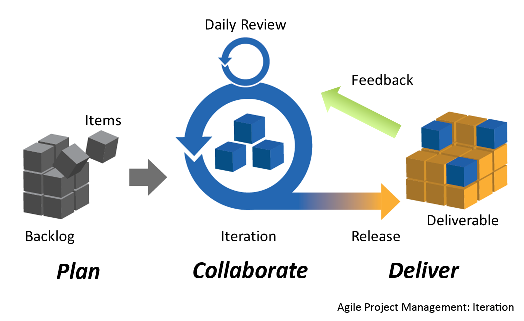
Agile methodologies in Mobile App Development
So now that everything is decided and you have begun building your application – you need to work with your development team and ensure that defects are found early and quickly.
Improvement and feature releases should be done regularly. There is something called as Agile methodology which many software development companies are following and this is really helpful to getting an end product released properly, quickly and with the least issues. Weekly or Twice a week review Skype calls are advisable for large projects and should be regularly held.
Realistic and simulated data should be created by / or with inputs from your side so that testing is done properly. Data can be created in Excel sheets to be used by the development team for their testing and integration.
8. Test your app features and record defects. Test Systematically and Test Early

Test your mobile app thoroughly before launch
Whenever your app development company sends you a release, they should also provide a list of features added and defects solved. Your development partner should also be keeping track of all the defects even if in a simple Excel sheet and you can use the same format or tool to add issues found at your end.
How to test your mobile app?
Testing should be done to cover each feature and screen. Your testing should be exhaustive and you should not do it in phases. Try and test a feature / user scenario fully and in all aspects. Ad-hoc testing only increases times and cost over-runs.
You don’t need any fancy tools etc. Do what is plain old fashioned and highly reliable functional testing. Functional testing should basically imitate the end user of the app and test each situation or what is technically called as a ‘use case’ which your app will experience.
So say if your app is a tool for finding the best salons in the area, or local services providers or for local food ordering, put yourself in the place of a typical customer and follow through a process flow noting all the inputs and expected outputs / outcomes.
For example, for a food ordering app: Ordering from the app as new user is then one such ‘use case’. Ordering as an existing user is another.
Try this Simple Bug Report / Defect Reporting Excel Template for Mobile App Development.
9. Pay and Provide feedback in time to your application development Team
This is an oft ignored aspect so let me say that when two teams are working together to create an app or product, they must share the responsibilities and mutual respect to work efficiently.
How to do this?
Simple – sign up an agreement with us and we’ll forward you our account details for wire-transfer of the sign off amount.
Just kidding!
But jokes apart, If you are experiencing any problems or coordination issues with the development team, best to sort it out as early as possible. As a rule of thumb it is always cheaper and easier to solve a defect early in the development phase than later. And this is only possible if you are having a good line of communication with your development team.
But you also need to be fair to the people who are working for you and that means adhering to the milestone payments in a timely manner. Delayed feedback and delayed payments can lead to a fall in trust between you and the development company ultimately leading to more problems.
10. Online, Offline and Content Marketing to Launch your Mobile App.
How to go about marketing your mobile app? Well, this is a huge topic so we will address this in detail later. But for starters, by the time your app is ready, you should be ready to provide :
a) A small website, even if a single page one for download of the app
b) Decent but genuine reviews from friends and family, colleague who have given your app good ratings on the play store.
c) Good graphics and content optimization done on the Playstore App page
d) Name of the app should be short, easy , memorable and may contain a keyword or two.
e) List of App submission sites where you can submit your app for feedback, sharing, reviews
f) Alternate marketplaces apart from Google play and Apple store
g) A blog to support the app and business if it’s feasible. The best blogging software is undoubtedly wordpress.
Interested in finding out how we can help you as a development partner for your mobile app ? We’re committed to helping clients launch path-breaking successful apps.
Yes, I want you to Help me


